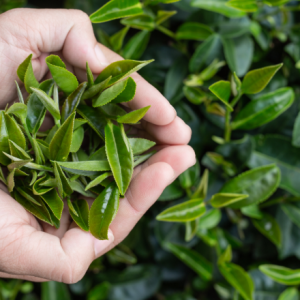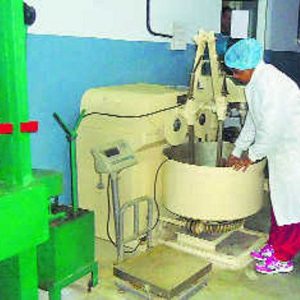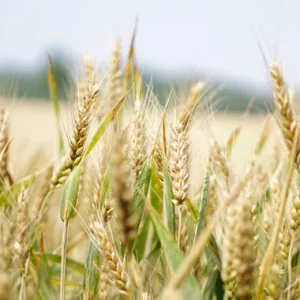Moisture in Grains
The agricultural industry is one of the most complex and most significant sectors worldwide. As the market trends and demand for this sector are also highly dynamic, it becomes adamant for agribusinesses to maintain the quality, quantity, durability, and affordability of all commodities across the food value chain. Although several factors need to be considered to keep the quality of commodities intact, moisture is one of the most important ones.
Moisture content is the percentage of the water weight in grain. It is one of the crucial parameters as it varies at every node of the supply chain from harvest to storage to transportation and ultimately the final sale. The quality of grain reduces if the moisture content is too high, whereas if the humidity is too low, it leads to excessive drying. Balancing grain moisture is critical to reducing such risks, hence measuring the accurate grain moisture content is essential.

What is Grain Moisture Testing?
Grain moisture testing is measuring the accurate water weight present in the grain at the time of testing. Several parameters such as temperature, location, the accuracy of the grain meter, and measurement techniques can affect grain moisture testing. To ensure precise measurements, multiple testing at different locations is a must.
Need of Grain Moisture Testing:
Grain moisture content is essential while preparing grain for harvest, storage, and market sale. To maximize the quality and nutrition value of the grain, maintaining its ideal moisture content is critical. There are consequences of inaccurate grain moisture content measurements such as
- Early harvest of excess wet grains can lead to expenses on drying and harvesting.
- Wet grains lead to spoilage
- Loss of quality for dried grains
- Weight loss for dried grains leading to less profit
Accurate measurement of grain moisture testing is important to avoid mould growth, sprouting, and mycotoxin production or mite infestations. Overdried grains lead to splitting and cracking, which is impaired quality. To prevent such food wastage and quality reduction, precise grain moisture testing is essential.
The grain moisture content varies at the time of harvesting, drying, storage and milling. Grains should be dried below 14% within 24 hours post-harvesting to avoid deterioration and damage. Inappropriate drying and storage will again lead to low grain quality.
The storage period for grains varies, and thus the drying of moisture content varies according to the storage period. The accurate grain moisture measurement helps avoid potential storage problems such as insect damage, germination losses, molds, moisture adsorption, and discoloration. From weeks to less than a year, the moisture content ranges from 14% to 9% or less, respectively.
AgNext rapid quality assessment solution Qualix, is all set to revolutionize the process of testing food quality. It can assess all chemical & physical properties of commodities in just 30 seconds and provide accurate readings with easy calibration. Qualix is a game-changer for all the stakeholders in the agriculture industry and deploying this technology will bring transparency to trade.
For more information-
Contact +91 8047185818
Email – contact@agnext.in










